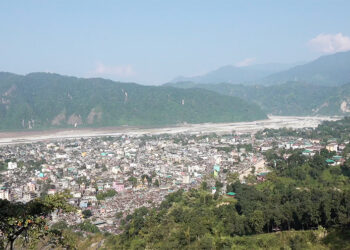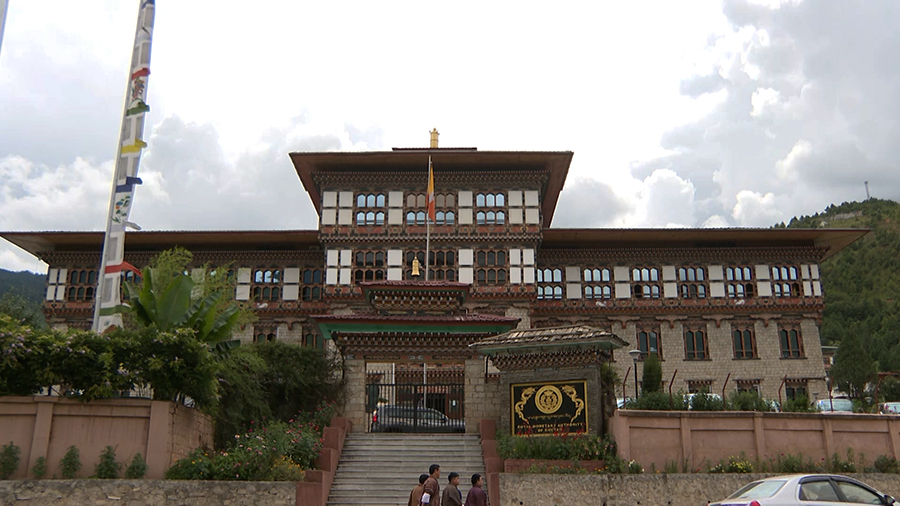 Bhutanese households may need to brace for higher living costs in the coming months. Prices are expected to rise, particularly in food, housing, and transportation, as domestic inflation is projected to increase to 4.5% this year and potentially reach 5% by next year. This is according to the Royal Monetary Authority’s Monetary Policy Statement. It is issued annually in July, highlighting recent economic developments and the medium-term macroeconomic outlook.
Bhutanese households may need to brace for higher living costs in the coming months. Prices are expected to rise, particularly in food, housing, and transportation, as domestic inflation is projected to increase to 4.5% this year and potentially reach 5% by next year. This is according to the Royal Monetary Authority’s Monetary Policy Statement. It is issued annually in July, highlighting recent economic developments and the medium-term macroeconomic outlook.
The increase will be driven by persistent food inflation, caused by adverse weather, low commercial farming, and climate-related crop failures.
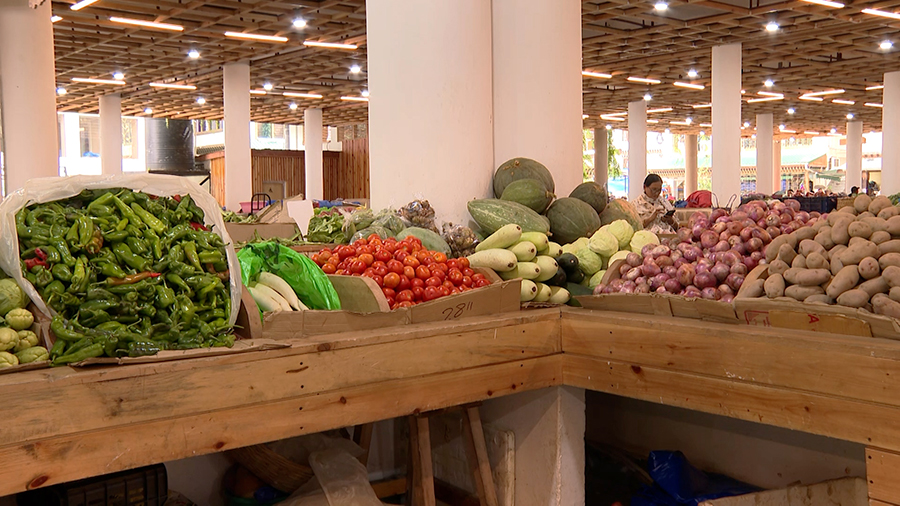 The report notes that as of April this year, vegetable prices rose by 2.7% and fruit prices by 1.2%. A supply-side shock, such as adverse weather in India, causes vegetable prices, notably tomatoes and onions, to surge by over 13%.
The report notes that as of April this year, vegetable prices rose by 2.7% and fruit prices by 1.2%. A supply-side shock, such as adverse weather in India, causes vegetable prices, notably tomatoes and onions, to surge by over 13%.
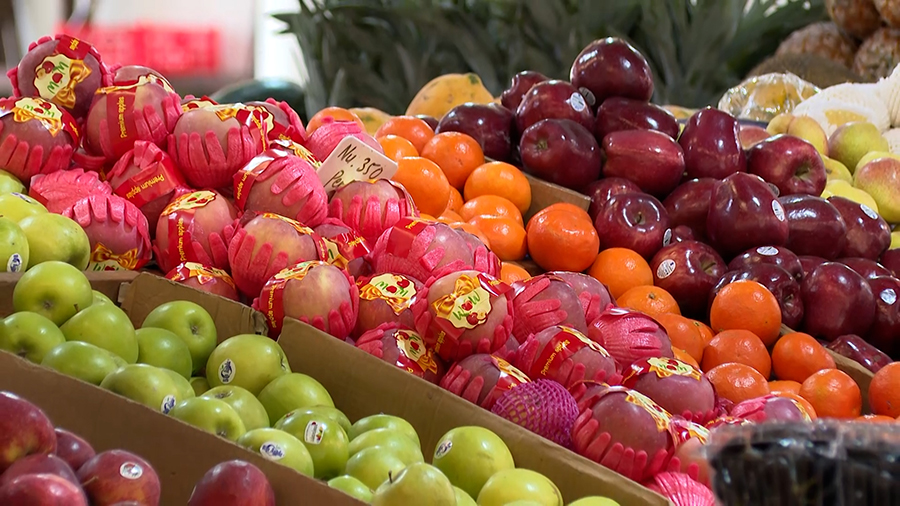 Since Bhutan imports most of its food from India, the country is exposed to external price shocks.
Since Bhutan imports most of its food from India, the country is exposed to external price shocks.
The report says that Bhutan’s inflation is closely aligned with India’s, and recent hikes in vegetable and fuel prices in India are already being felt here.
On the demand side, rising public investment under the 13th Five-Year Plan, along with civil service pay hikes and new hydropower projects,is increasing money flow in the economy.
More money circulating means higher demand, which can drive prices up.
 Prices for housing, utilities, and transport, which make up over 22% of the inflation basket, are also seeing modest increases.
Prices for housing, utilities, and transport, which make up over 22% of the inflation basket, are also seeing modest increases.
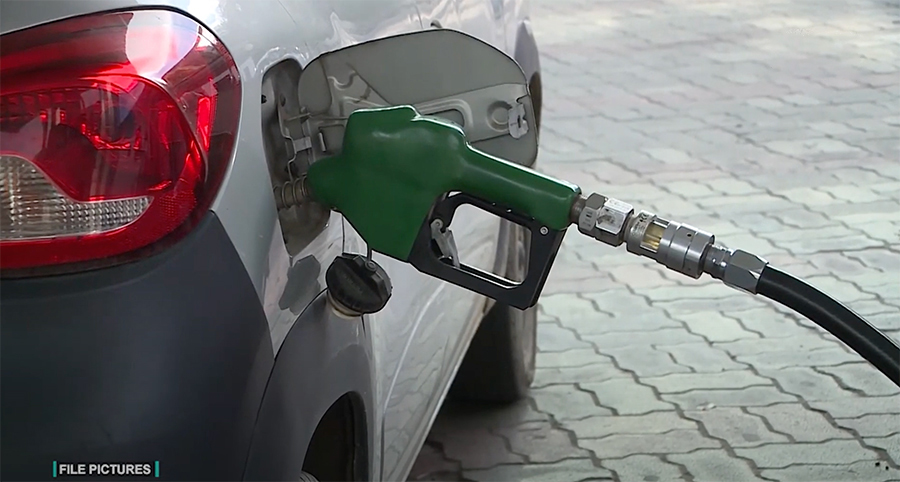 The report warns that while falling fuel prices helped last year, global energy markets remain volatile, and the trend may reverse.
The report warns that while falling fuel prices helped last year, global energy markets remain volatile, and the trend may reverse.
To tackle inflation, the report says Royal Monetary Authority is managing interest rates and liquidity, monitoring credit growth, protecting the ngultrum-Indian rupee peg. Moreover, it is also restructuring loans, and addressing bank liquidity to maintain price stability and support steady economic growth.
Tashi Dekar
Edited by Kipchu









